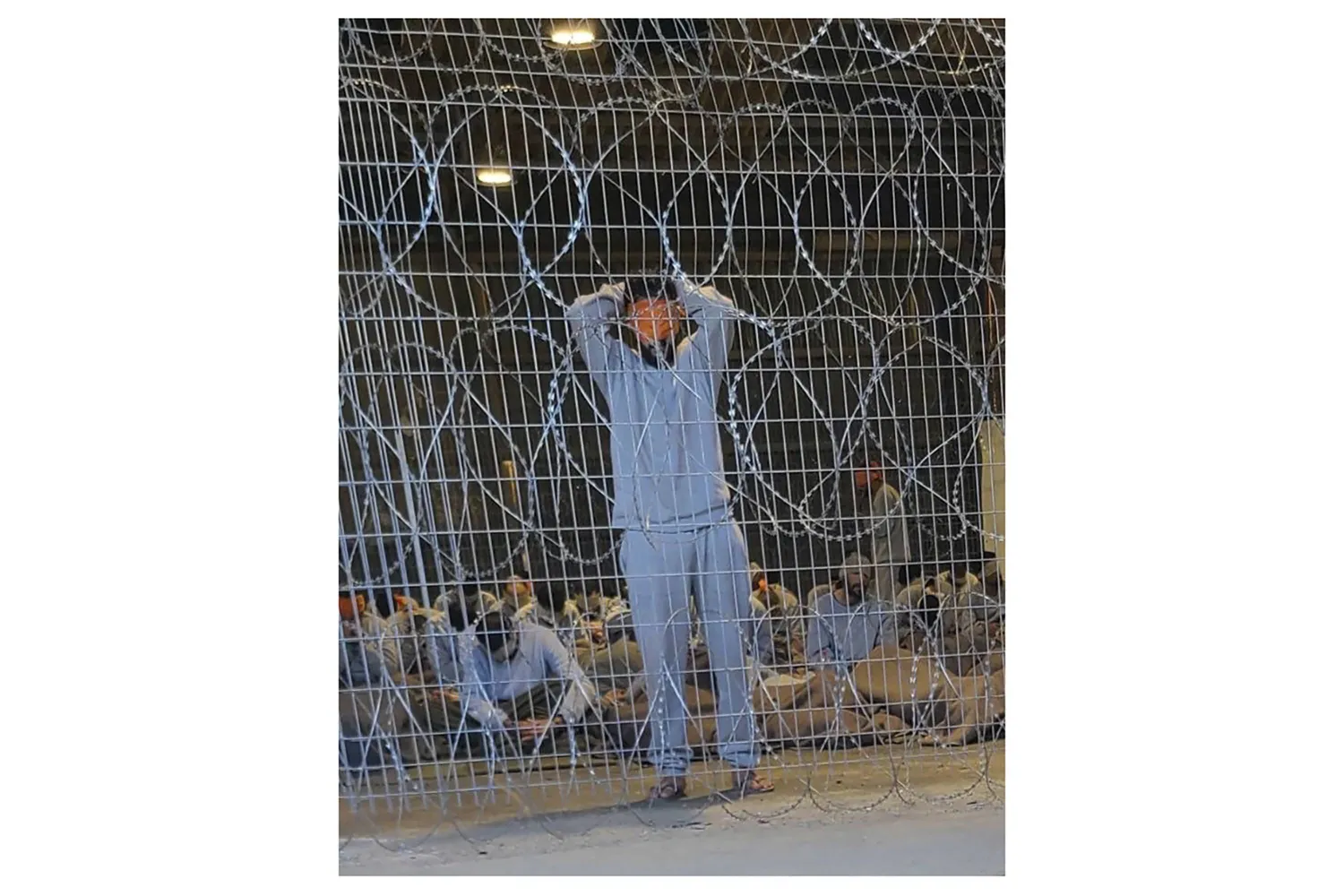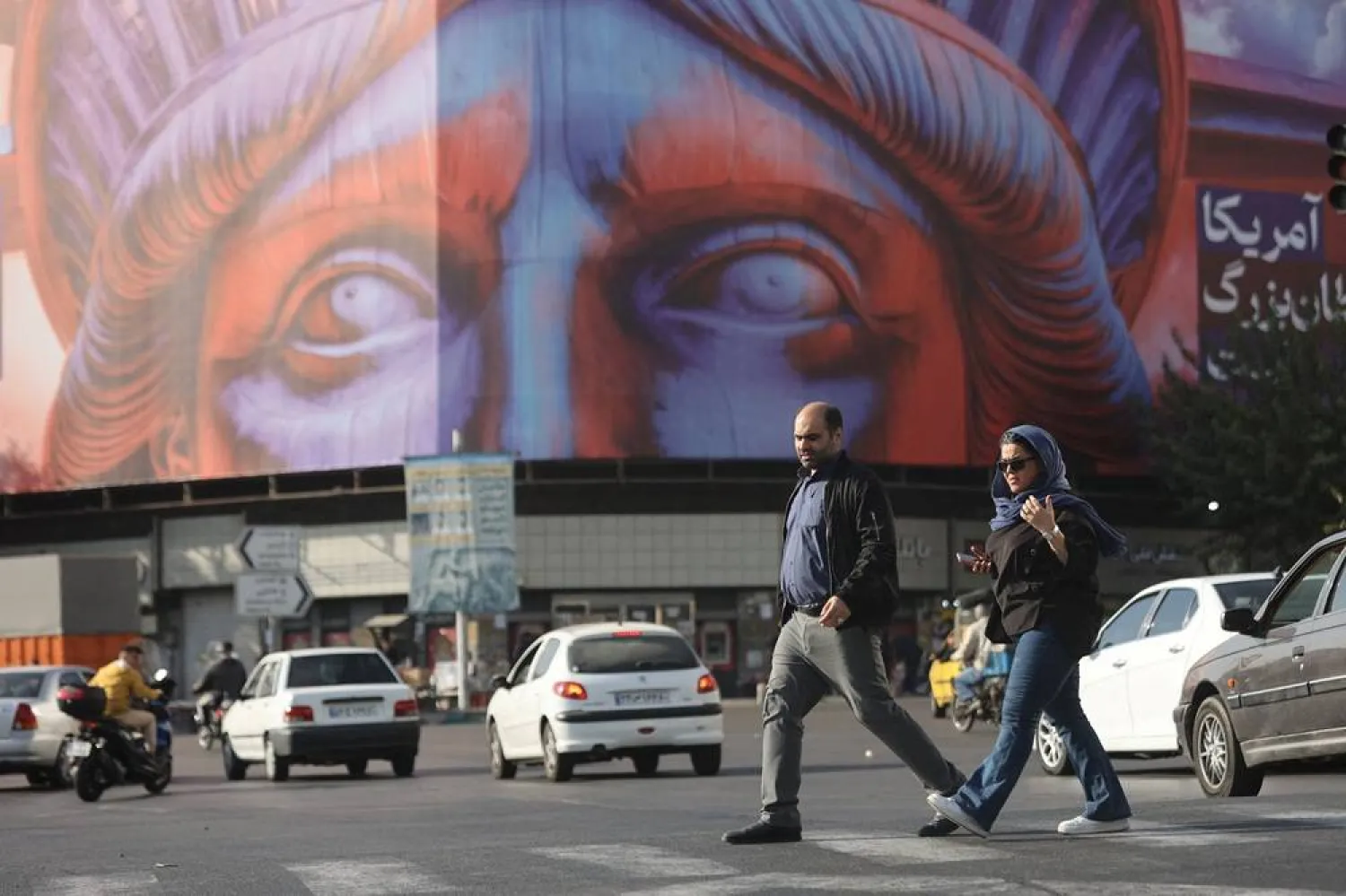Despite losing its last stronghold in Baghouz near the Iraqi border in Syria’s Deir al-Zor province in March 2019, the ISIS group has continued to pose a serious threat to Syria’s security and stability through its mobile sleeper cells operating across the vast Syrian desert.
With the collapse of the Syrian regime in December 2024, the group is widely expected to recalibrate its strategies and adapt to the shifting security landscape.
Neither the military campaigns waged by the former government with Russian air support nor the operations carried out by the US-backed Syrian Democratic Forces (SDF) have succeeded in fully dismantling the group or eliminating its threat. US policy, which focused on preventing the group’s resurgence in urban areas, achieved limited success—weakening ISIS militarily and eliminating many of its top and mid-tier leaders.
However, the group continues to pose a residual threat and may exploit Syria’s fragile security environment, particularly with a US withdrawal on the horizon.
ISIS issued a rare video statement on April 20, 2025, threatening Syrian President Ahmed al-Sharaa and warning him against joining the US-led international coalition against terrorism.
The video, one of the group’s most prominent public threats in recent months, came after Washington formally requested that the newly formed Syrian government take part in efforts to combat ISIS and its affiliates.
Since the collapse of the Assad regime on December 8, 2024, ISIS has intensified its propaganda against Syria’s new leadership, with a noticeable uptick in incitement campaigns published in its weekly newsletter Al-Naba, monitored by Asharq Al-Awsat.
The militant group has launched scathing attacks on al-Sharaa and his administration, accusing the new government of betraying Syria by seeking stronger ties with Arab states and the international community.
ISIS has branded these diplomatic overtures a “betrayal of Syrian sacrifices” and a departure from the principle of “Sharia governance,” a slogan once championed by al-Sharaa himself during his leadership of the former al-Qaeda affiliate, Jabhat al-Nusra.
Blow after blow
Despite the escalating rhetoric, ISIS’s military activity on the ground—particularly in the Syrian desert—has dwindled significantly in recent months, raising questions about the group’s evolving strategy.
Since December, ISIS has suffered a string of security setbacks. Just three days after the regime's fall, Syria’s new government announced the foiling of a planned attack on the Sayyida Zainab shrine near Damascus and the arrest of an ISIS cell.
On December 16, US Central Command carried out airstrikes that killed 12 ISIS fighters. Three days later, another senior ISIS leader was eliminated in Deir al-Zor, reportedly in coordination with the new authorities.
A US strike on December 23 targeted an ISIS weapons truck, while in January 2025, a joint operation with the SDF led to the capture of a key attack cell leader. On February 16, Syrian security forces arrested Abu al-Harith al-Iraqi, suspected of planning attacks inside Damascus.
Observers believe the group’s recent silence may reflect a shift in strategy—minimizing its public footprint to reduce security pressure while regrouping quietly in rural towns and urban fringes, away from government surveillance.
Tactical shift
Over the years, ISIS has refined its guerrilla tactics, relying on swift, nighttime raids carried out by small mobile units of three to five fighters who quickly retreat to avoid detection. This hit-and-run approach has allowed the group to maintain an operational presence without the need for fixed command centers—frustrating counterterrorism efforts for more than a decade.
Now, analysts say, the group appears to be focusing on stealth and survival rather than visibility, potentially laying the groundwork for a long-term resurgence amid Syria’s fragile and shifting security environment.
In areas controlled by the US-backed SDF, ISIS has adopted a different operational model—one that capitalizes on tribal tensions and local grievances.
Tribal sources told Asharq Al-Awsat that several recent attacks targeting SDF forces were carried out by local tribesmen who are not formally affiliated with ISIS, but whose actions align with the group’s tactics of stealth and evasion.
These loosely coordinated assaults have made it more difficult to identify the true perpetrators, giving isolated acts of violence a veneer of organized insurgency. Analysts say this dynamic has created fertile ground for ISIS to expand its presence, using tribal discontent with the SDF as a cover to rebuild its influence.
Idlib’s experience and a comprehensive strategy
A senior Syrian security official, speaking on condition of anonymity, told Asharq Al-Awsat that past experience dismantling ISIS cells in Idlib has bolstered the new government's confidence in confronting the group.
“We know ISIS well—we’ve dealt with them in Idlib and succeeded in dismantling their networks, even at times when the group was stronger financially and militarily, and we were far weaker than we are today,” the official said. “Now, we are more prepared and more experienced.”
The Syrian security official also said the country’s new government is implementing a “comprehensive security strategy” aimed at preventing a resurgence of ISIS, which continues to pose a threat despite its territorial defeat.
The strategy includes rebuilding and coordinating intelligence agencies to detect sleeper cells, strengthening border control in cooperation with neighboring countries, countering extremist propaganda through public awareness campaigns and online monitoring, and dismantling supportive environments by improving basic services, fighting corruption, and expanding local development programs, the official told Asharq Al-Awsat.
The official warned that ISIS may increasingly resort to targeted attacks on prominent civilian or security figures using small explosive devices or selective assassinations.
“Inside cities, the group could activate sleeper cells to carry out such attacks and may use unregulated or informal neighborhoods as temporary hideouts,” they said, adding that such tactics present added challenges for security forces.
Targeting the new administration
Orabi Orabi, a researcher at the Dimensions Center for Strategic Studies, said ISIS is currently in a phase of “exhaustion and attrition,” seeking to establish small cells capable of disrupting security without aiming to hold territory as it did in the past.
Speaking to Asharq Al-Awsat, Orabi noted that the group is facing severe shortages in manpower and funding, as well as growing regional pressure due to improved security cooperation between Syria and Iraq.
“Still,” he added, “ISIS may attempt to exploit frustration among fighters from other armed factions—especially those with jihadist backgrounds—who feel alienated by the Syrian government’s rhetoric, which has shifted away from Islamist narratives.”
Additionally, ISIS is stepping up its propaganda campaign against Syria’s transitional government, accusing it of betraying the blood of Syrians and capitalizing on lingering grievances such as delays in transitional justice, political exclusion, and perceived marginalization.
“The group is relying increasingly on inciteful rhetoric to undermine the credibility of the new administration,” Orabi told Asharq Al-Awsat, noting that ISIS disseminates its messaging through Telegram channels and covert media networks.
Social media campaigns—circulated by anonymous accounts and sympathetic groups—have also taken aim at al-Sharaa on a personal level. These include attacks on his public image, attire, and the polished persona he seeks to project as the face of Syria’s new era. Particular focus has been placed on his recent appearance with his wife during a diplomatic visit to Antalya.
Fragile transition amid internal and regional tensions
The interim government faces steep challenges in stabilizing the country both economically and in terms of security. Syria remains fractured, with tensions rising in the northeast with Kurdish-led SDF forces, lingering influence from remnants of the former regime in coastal areas, and a strained relationship with parts of the Druze community.
At the same time, the government is seeking to build international and Arab legitimacy. The United States has yet to formally recognize the new leadership, and most international sanctions remain in place. President al-Sharaa’s invitation to the upcoming Arab League summit in Baghdad reportedly came only after prolonged diplomatic negotiations.
In this environment, analysts warn that ISIS is poised to exploit the prevailing instability and security vacuum—particularly in remote desert regions where the government lacks the manpower to maintain control.
Persistent sectarian violence and unresolved local rivalries continue to offer fertile ground for extremist recruitment. Delays in transitional justice—especially in holding accountable those responsible for atrocities under the Assad regime—have further deepened public frustration.
ISIS, in turn, is attempting to present itself as an alternative force for retribution. In recent weeks, the group’s affiliated websites and propaganda outlets have increasingly framed its mission as one of justice for the victims of past abuses—seeking to fill the void left by the state’s slow-moving reforms.
Concerns are mounting that ISIS could attempt to rebuild its ranks not only through recruitment, but also by orchestrating the release of thousands of its imprisoned fighters and leaders—many of whom remain in detention under the Kurdish-led SDF, amid ongoing disputes over their fate.
This threat underscores one of the most pressing and complex challenges facing Syria’s new transitional government: the need to confront ISIS while managing competing demands of state-building, national unity, and economic recovery.
Analysts say the government must strike a delicate balance between asserting control over all Syrian territory, easing societal divisions, and weakening the ideological influence that allows ISIS to survive. That includes cutting off its financial lifelines, curbing recruitment, and deradicalizing communities that once served as the group’s support base—an effort that mirrors the transformation seen in groups like Hayat Tahrir al-Sham.
Experts warn this cannot be achieved in isolation. It requires close coordination with regional and international partners to enhance intelligence sharing, freeze the group’s assets, and support stabilization efforts across the country. Without that, the resurgence of ISIS could become a defining test of Syria’s fragile transition.









